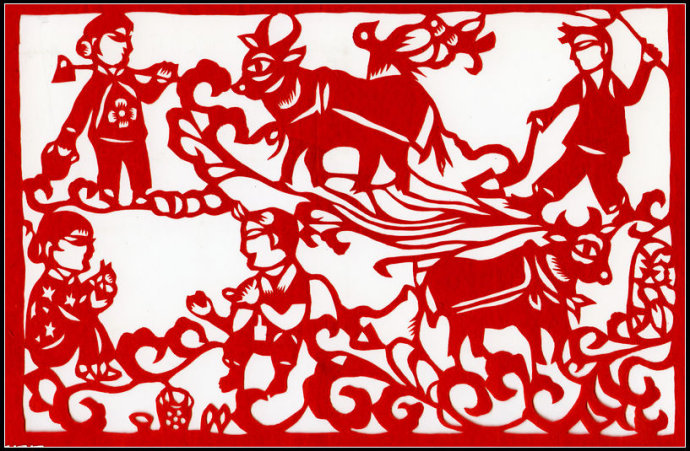Paper and handicraft skills

Chinese paper-cutting as a form of art originated in the Eastern Han Dynasty around the second century CE. It was invented by Cai Lun after paper became more affordable to ordinary people, and people could utilize scissors and red paper to make various styles of paper artworks to decorate their homes.
镂金作胜,剪彩为人
The technique of gold engraving is outstanding and the skill of paper-cutting is praiseworthy.
The proverb comes from Tang poet Li Shangyin’s poem, which indicates that the gold engravings are a folk custom in Jingzhou, Hubei Province, and the paper-cutting style in Yangzhou inherited its style from the Jin Dynasty.
纸包不住火
You can’t wrap fire in paper.
The proverb is commonly used to mean that continued dishonesty will eventually be discovered. Its English counterpart is “Truth will out.”
纸上得来终觉浅
Superficial is the knowledge gained through mere reading from paper.
The proverb indicates that the only way to gain real knowledge is through practice instead of books.
白纸上写着黑字儿
Black characters are printed on white paper.
This is frequently used to mean that a written pledge cannot be denied.
百工从事,皆有法所度
The hundred craftsmen all have standards as a basis for their work.
It is used to mean that every trade has its guild regulations that practitioners must follow.
百艺无如一艺精
Jack-of-all trades, master of none.
The proverb is used to advise people to concentrate their efforts on a specific type of training.
